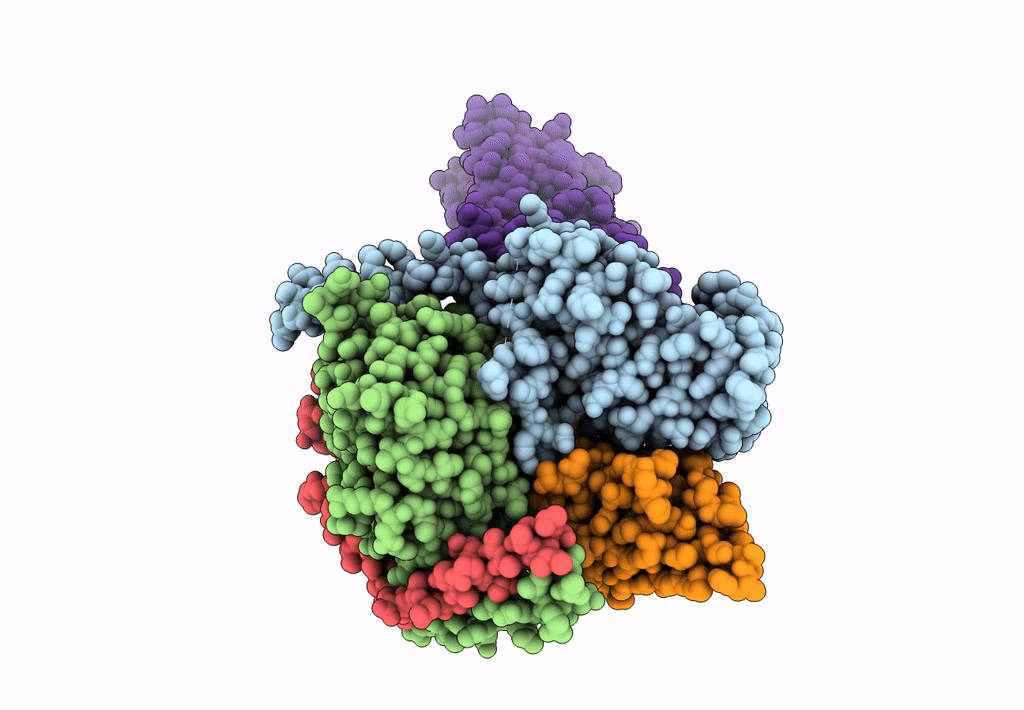
Deposition Date
2023-06-16
Release Date
2023-08-02
Last Version Date
2024-11-06
Entry Detail
PDB ID:
8JR9
Keywords:
Title:
Small molecule agonist (PCO371) bound to human parathyroid hormone receptor type 1 (PTH1R)
Biological Source:
Source Organism:
Homo sapiens (Taxon ID: 9606)
Mus musculus (Taxon ID: 10090)
Mus musculus (Taxon ID: 10090)
Host Organism:
Method Details:
Experimental Method:
Resolution:
2.57 Å
Aggregation State:
PARTICLE
Reconstruction Method:
SINGLE PARTICLE


